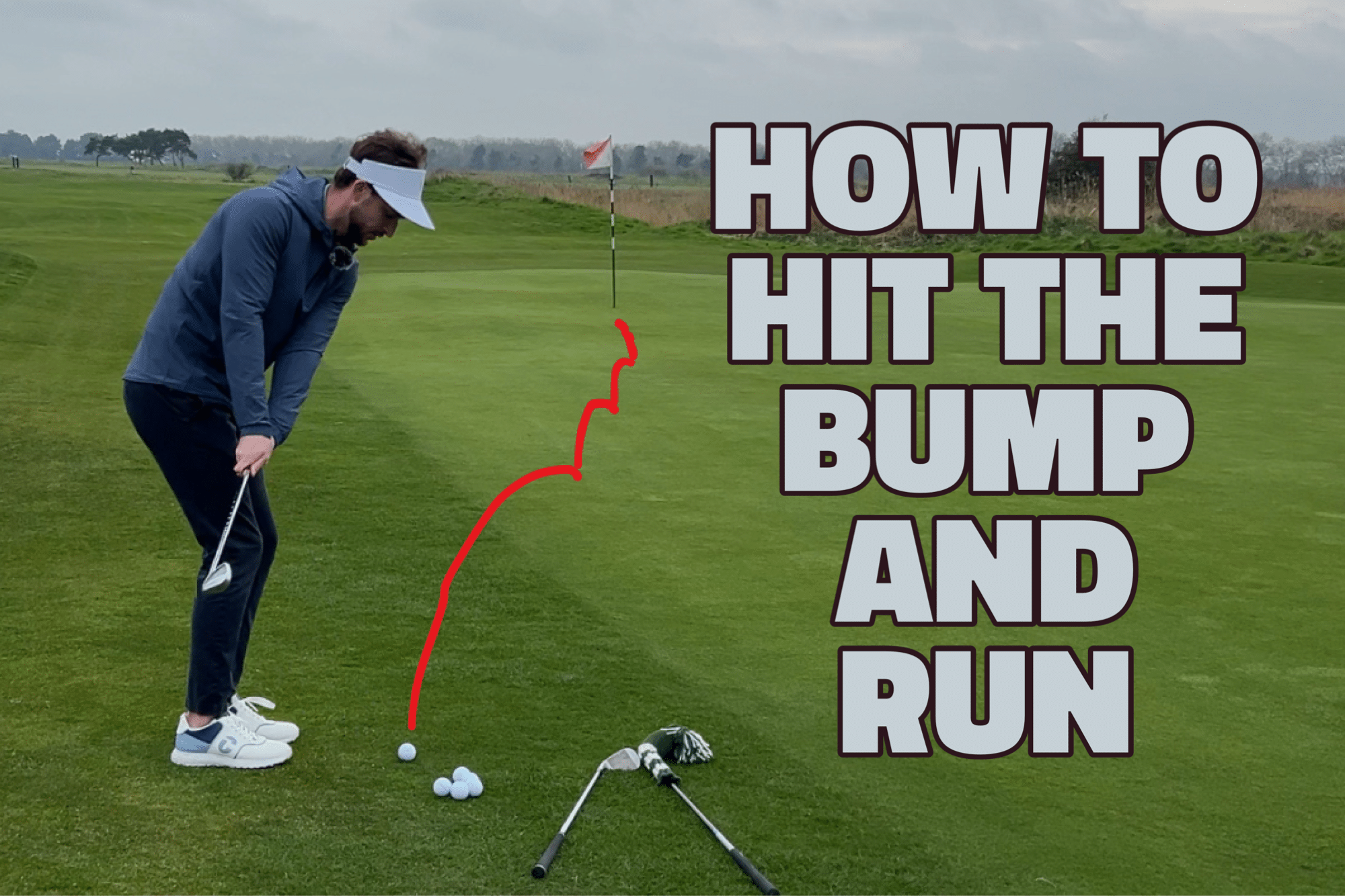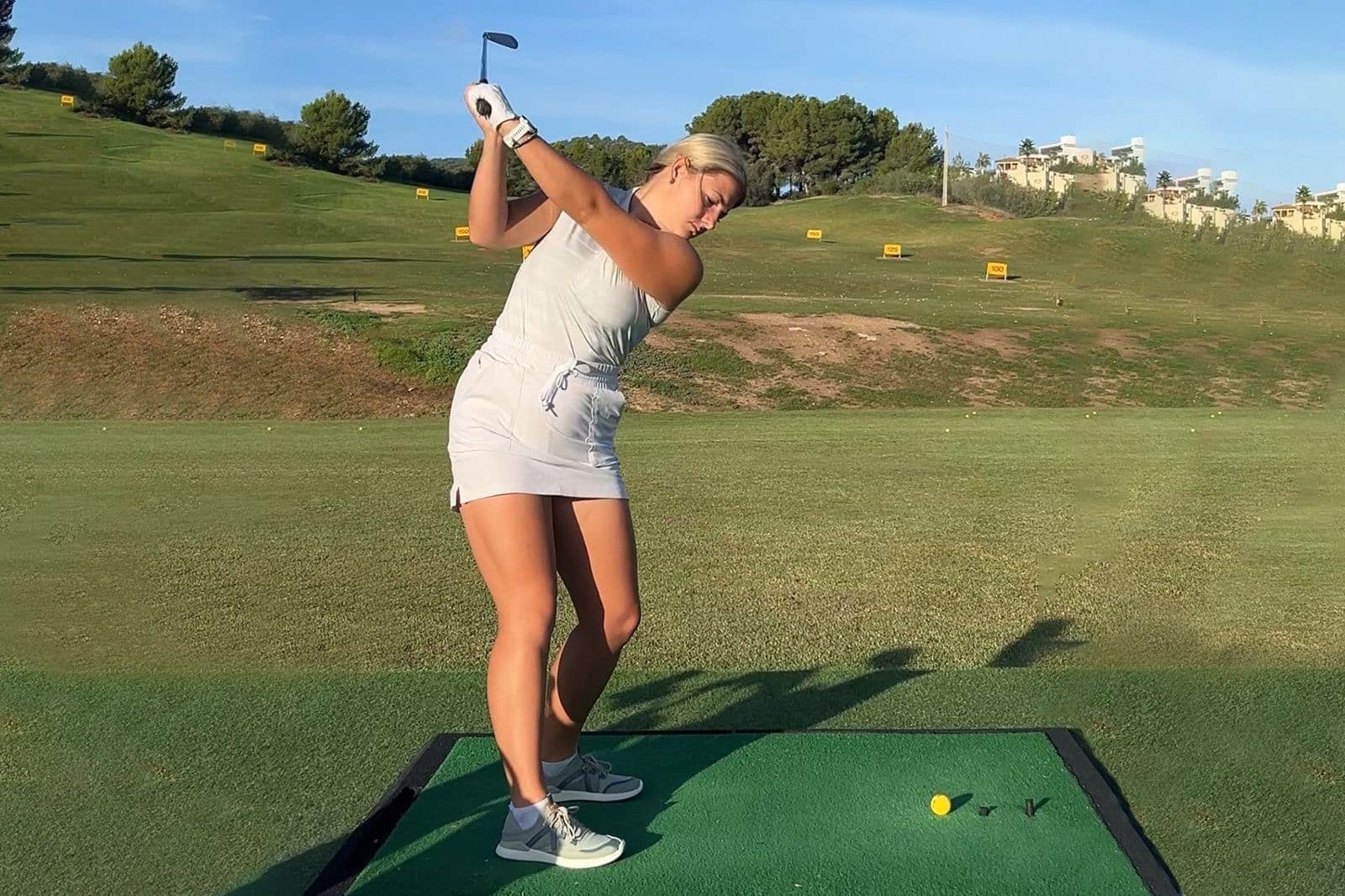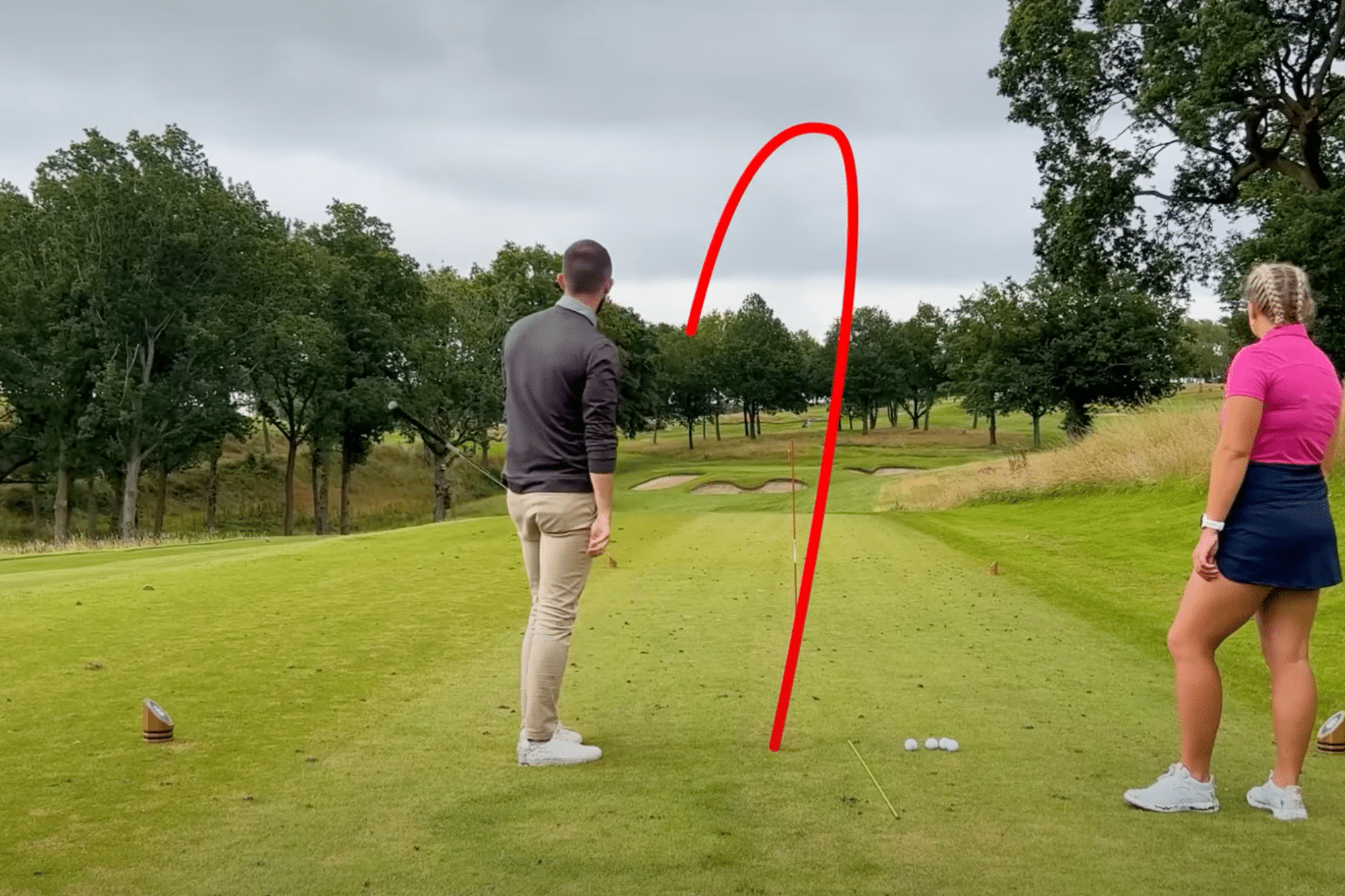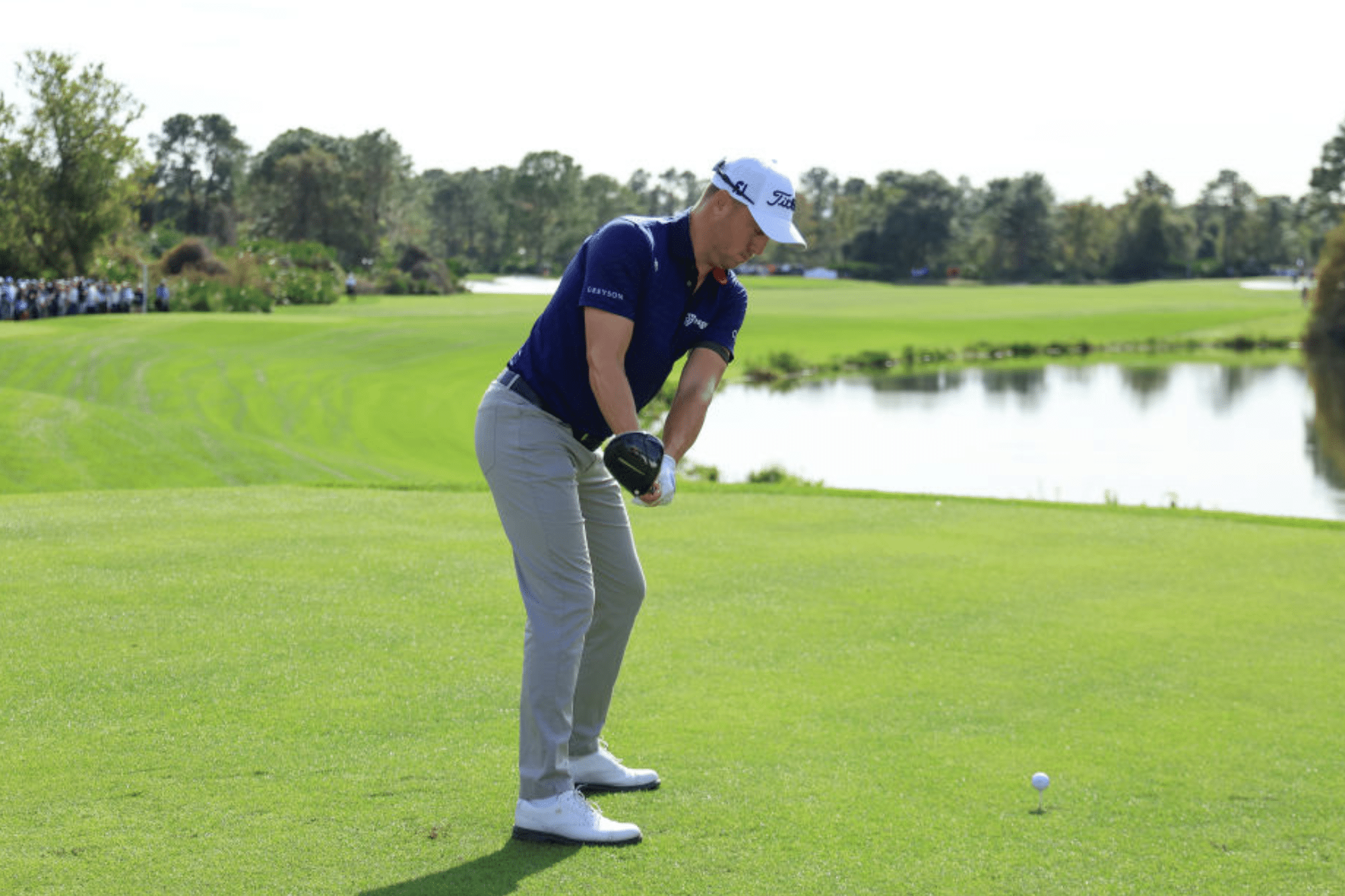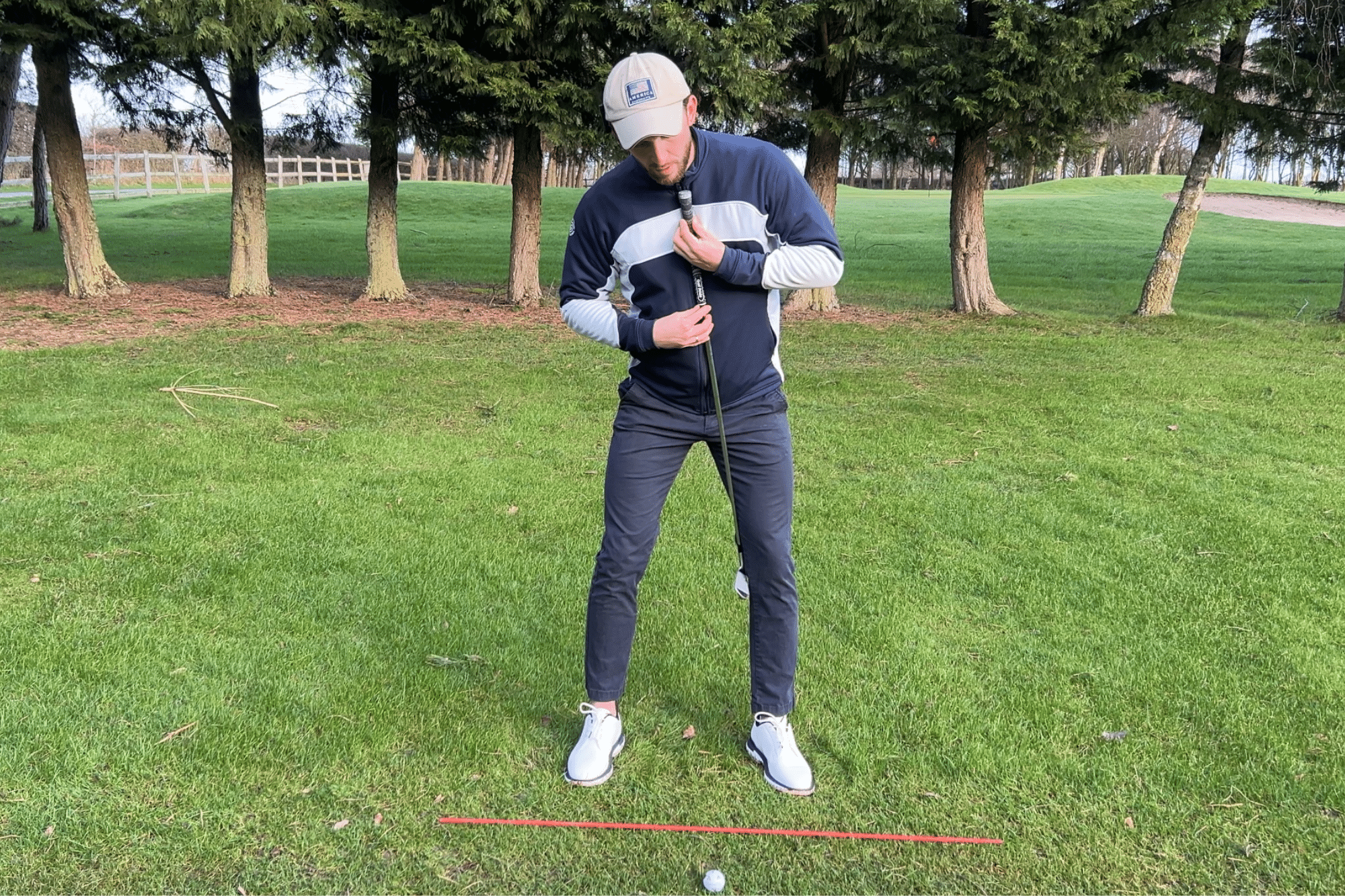
Strokes gained: What is it and can it improve your game?
In recent years a new statistic has appeared regularly on the PGA Tour coverage – strokes gained. This mystical number is frequently discussed but rarely understood. So why is it so often relied upon?
Traditionally, golf stats have not been too sophisticated. Measures of fairways and greens hit or missed were then turned into a percentage.
The issue with this approach is that it doesn’t tell you a great deal about how that shot has affected a player’s overall score. A missed fairway could be a foot into the semi-rough, behind a tree, or out of bounds.
It means all these shots receive the same arbitrary value.
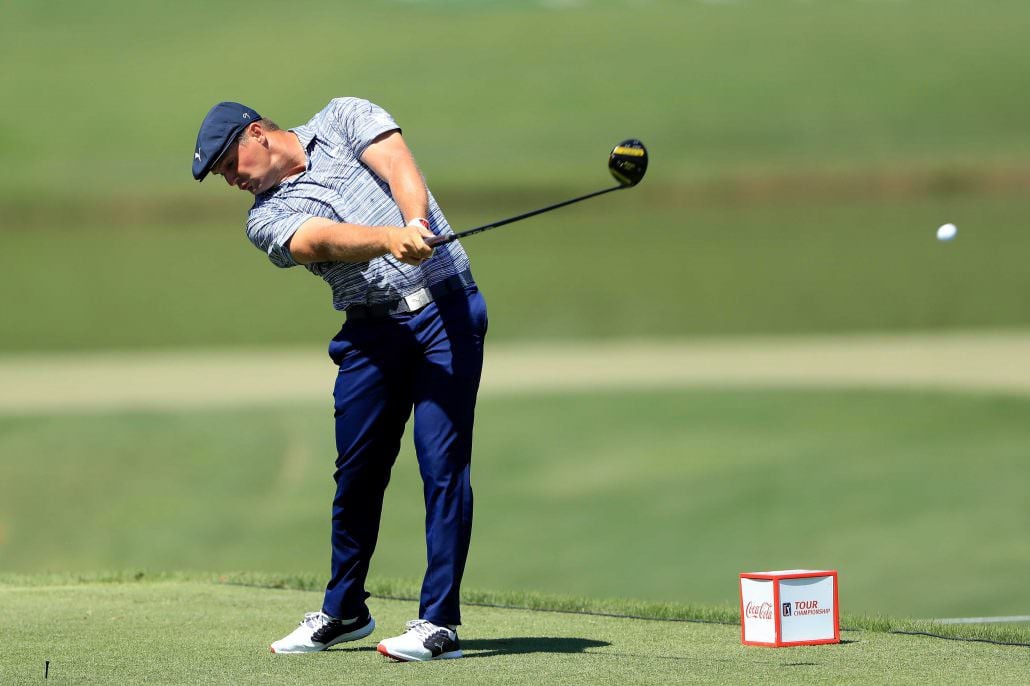
Strokes gained takes advantage of the PGA’s Shotlink data, which tracks every player’s shots hit during the season to an accuracy of less than one inch. With this data we can calculate the average number of shots taken by a tour player to finish a hole from a given distance.
For example the average number of shots for a PGA Tour player to finish a hole from 16 feet is 1.8*. For a one-foot putt the average is, unsurprisingly, 1, and for a 40-yard pitch from the fairway the average is 2.6. This database of numbers forms the basis of any strokes gained statistic.
The next step in strokes gained is to take the player’s actual score away from the PGA Tour average for that same distance. If a player holes a 16-foot putt, he/she would gain 0.8 shots on the field.
The final step on the strokes gained stats journey is where most get lost or confused. But stick with me – it’s actually quite simple and very powerful.
What if they miss the 16-foot putt? How would we calculate the value of that putt? Or how can this be used to measure the value of a 310-yard drive or an iron shot into a green? To work this out we just need to head back to the database to find out the average number of shots taken to complete the hole from where the ball finishes.
Back to our example above, imagine the player lags their 16-foot putt to one foot. We know the PGA Tour average to complete the hole from the start point is 1.8, and from the end point it is 1. The improvement in this number is 0.8 but they have taken 1 shot to get there. Therefore, their strokes gained would be -0.2**, suggesting they have lost 0.2 shots against the field.
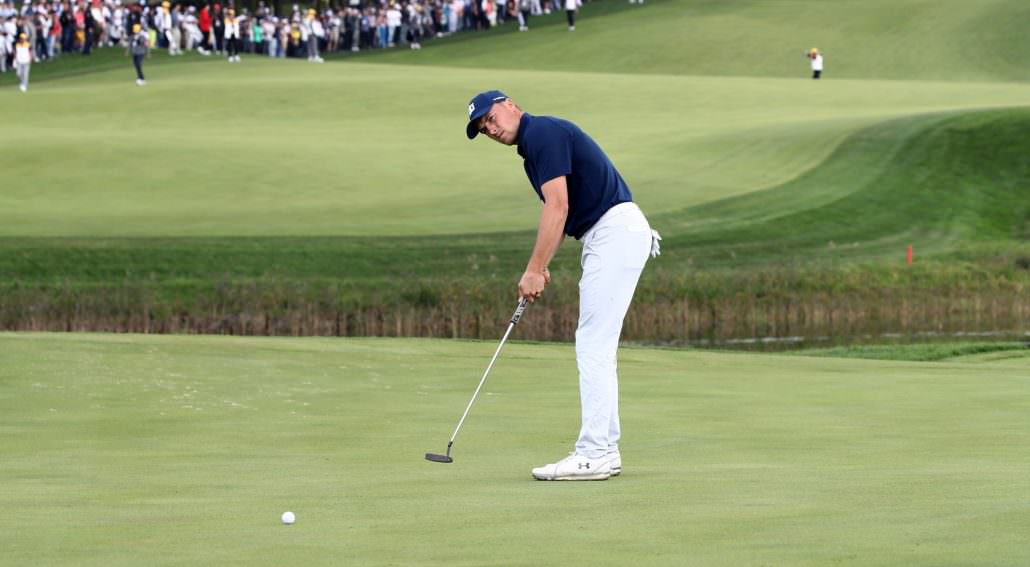
In Mark Broadie’s paper, which offers a far more detailed analysis than this simplistic explanation, he gives an example of how this works during a round. Imagine a player is standing on the tee of a long par 3. The average number of shots taken to complete this hole is 3.2. The player hits their tee shot to 16-feet, leaving a putt for birdie. The PGA Tour average to complete the hole from the start point is 3.2, minus the endpoint of 1.8, and minus the one shot taken*** this gives the tee shot a strokes gained value of +0.4, indicating they have gained +0.4 on the field, as a result of their tee shot.
All strokes gained stats for drives, iron shots, chips and putts can be added up in groups to give an indication of how a player is performing in each area of their game.
This approach adds a new lens to understand elite players’ performance. In 2010 Angel Cabrera had 26 putts in a round, but would have been very unhappy as his average putt length was 9.6 feet. His putts gained stat was 2.8 for the day.
Conversely in 2010, Ian Poulter had 32 putts at the Deutsche Bank Championship, but gained 2.3 on the field in putting, with an average putt length of 32.3 feet.
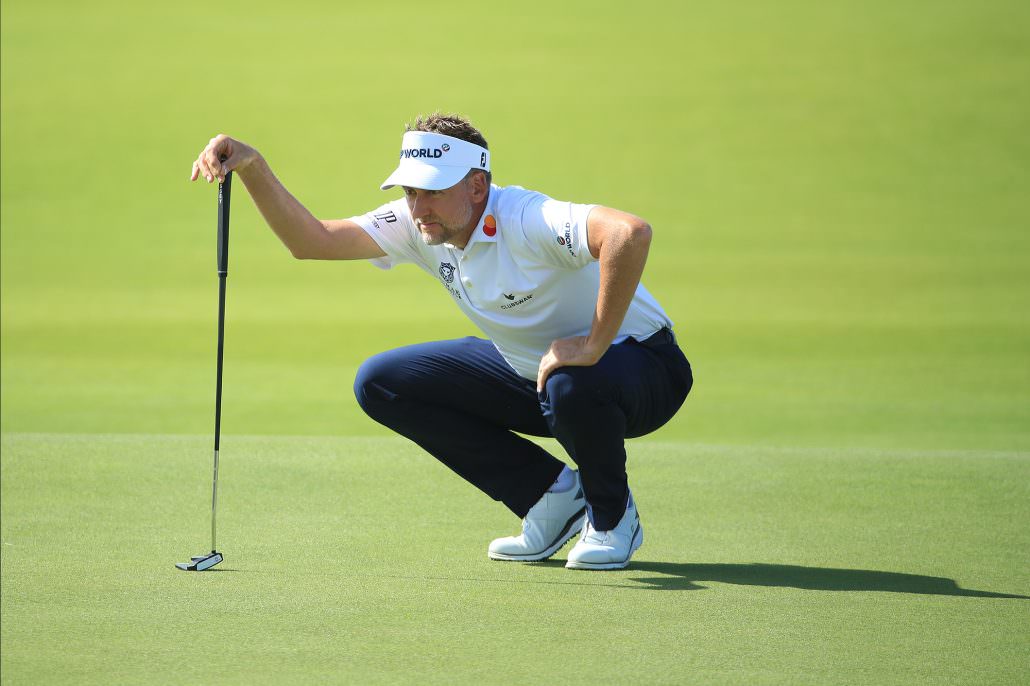
As you can see, strokes gained is simple and very clever – but initially it was absolutely no use to club players like you or me.
Why? Because the values for the start and end point of where your golf ball lands assumes you are already the level of a tour player. And last time I checked, I wasn’t.
Lately however numerous companies such as Arccos and Shot Scope have started publishing strokes gained data for club golfers so you can compare your data to people in different handicap groups.
Recently people have been taking strokes gained data to push the importance of a great long game, as this is what commonly tells us the winner of a PGA Tour event. This is fine, if your short game and putting is currently at the level of a +6 handicap golfer.
So don’t neglect your short game. Those guys are good.
*20% one-putt and 80% two-putt; Fewer than 1% of 16 footers are 3 putts; 1.8 shots = (0.2 x 1) + (0.8 x 2) + (0.0 x 3)
**Long hand SG = (SGi – SG+1) – 1 / -0.2 = (1.8 – 1.0) – 1
***Long hand SG = (SGi – SG+1) – 1 / +0.4 = (3.2 – 1.8) – 1
Will Shaw is a performance coach to elite golfers and a lecturer in sport biomechanics and psychology. You can follow him on Twitter and visit his website.


